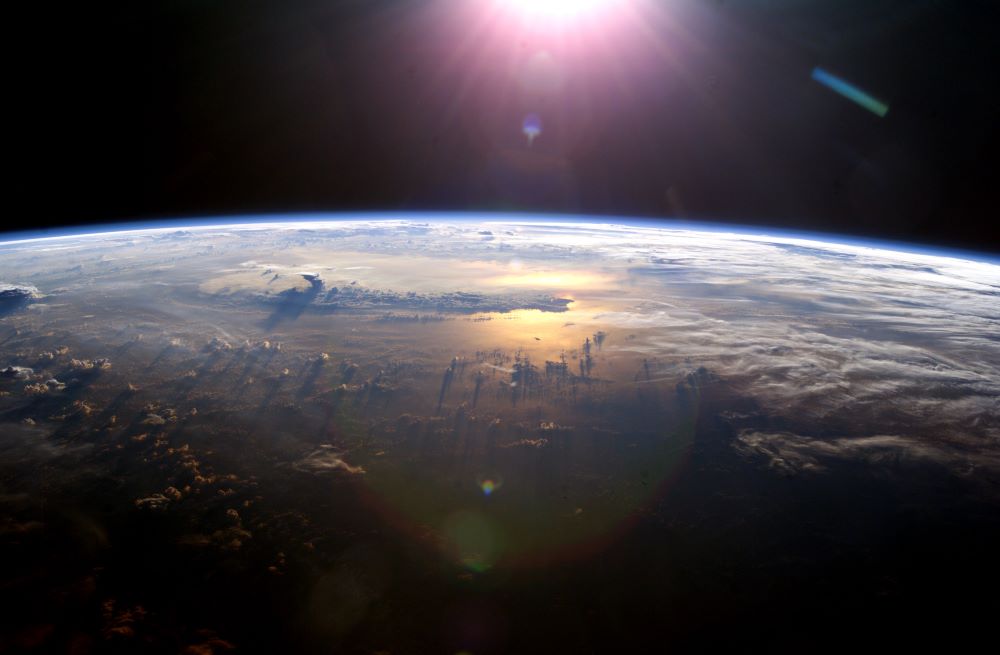International organisms and governments are setting objectives to deal with current environmental and climatic emergencies. However, most of these plans set short-time targets, in the range of a few decades at most. It is perhaps time to start thinking about the time when solar physics will make Earth uninhabitable, which will not happen overnight (estimated to happen millions of years from now), but will happen at some point inevitably. A scientific team from the Doñana Biological Station – CSIC and other institutions from United Kingdom, United State and Australia draws attention to the need to think about biodiversity conservation in the long term, beyond the existence of the planet. In their paper, published in the journal BioScience, the scientists defend the urgent need to improve international collaboration to address the threats that endanger life on Earth.
Life on Earth is finite
Just as the solar system had an origin, it will also have an end", says Francisco Garcia-Gonzalez, main author, CSIC researcher at the Doñana Biological Station – CSIC and adjunct researcher at the University of Western Australia. A short-term perspective is not enough to guarantee biodiversity and humankind preservation in the long run. "Short-term goals are necessary, of course, but it is important to place our gaze on the longer time horizon", he adds.
Although this may sound dismal at first, Francisco Garcia-Gonzalez, along with co-authors Bill Ripple (Oregon State University) and Aurelio Malo (University of Alcalá and Imperial College London), argue that rather than being seen as a futile end, the reality of the Earth's demise because of astronomical events should propel us to think at transglobal levels, and motivate us to reach collective and long-term commitments to allow biodiversity and humanity to go on for as long as possible. To this end, it is necessary to devise a long-term plan to ensure a better future for all generations to come.
Thinking "cosmically" about biodiversity conservation
In their article, the scientists urge the adoption of a "cosmic" perspective on conservation, including humanity's own preservation. Humanity is in the midst of multiple environmental and climatic emergencies that should be tackled right now and in the coming generations. But the possibility of an inevitable planetary emergency, such as the eventual death of the Sun, although distant in time, should be considered as well. The scientists describe this type of planetary emergency as a "point of no return" for the biodiversity on Earth. This calls for a global effort, where humans not only evaluate the importance of planetary-scale dangers and how fast they may arrive, but also the speed at which we are capable of responding and providing solutions.
"To consider the end of humanity for astronomical reasons may seem ridiculous to many people as the danger may seem too far away into the future… but we should discuss and prepare for events that may compromise our long-term future and that of all known life forms", says the researcher Aurelio Malo.
The authors argue that it is our duty as a civilization to maintain maximal biodiversity on Earth and beyond, for a series of reasons. They include utilitarian reasons, for instance, as a life-supporting system for our own species' survival, and non-utilitarian motivations, such as giving empirical testament of the process of evolution of life on Earth. Ensuring that biodiversity carries on in the short and long-term can be one of the most important common goals humans would ever face, according to the authors.
"Finding solutions to the long-term future of biodiversity is likely to be a slow and complex process because it requires multiple steps at collective levels, global agreements and commitments, major technological breakthroughs, and an extremely long time to test potential remedies. So, the sooner a solution is sought, the better", says Francisco Garcia-Gonzalez. "When should we start paying attention, 1000 years before it happens, 10,000 years before? And when would it be too late?", he concludes.
Francisco García-González, William J. Ripple, Aurelio F. Malo. Scientists' warning to humanity for long-term planetary thinking on biodiversity and humankind preservation, a cosmic perspective. BioScience. https://doi.org/10.1093/biosci/biad108
https://doi.org/10.1093/biosci/biad108









 Las altas temperaturas están provocando que las lagunas y las marismas de Doñana pierdan agua rápidamente
Las altas temperaturas están provocando que las lagunas y las marismas de Doñana pierdan agua rápidamente



